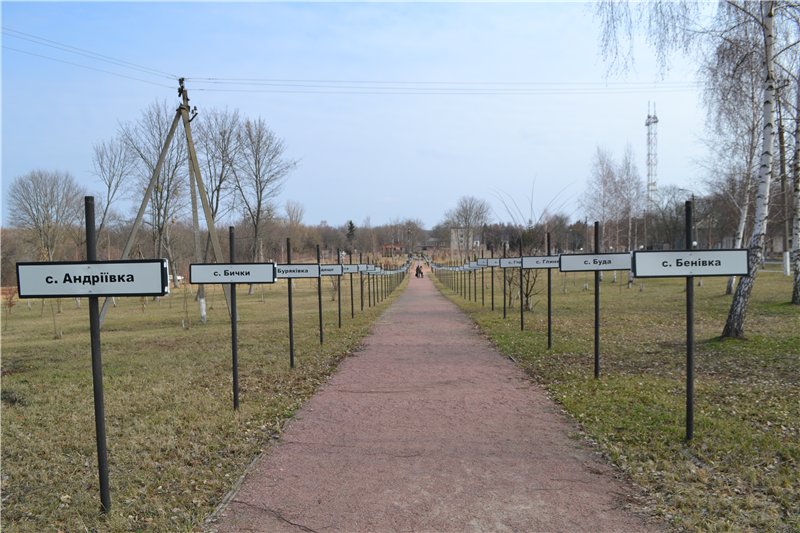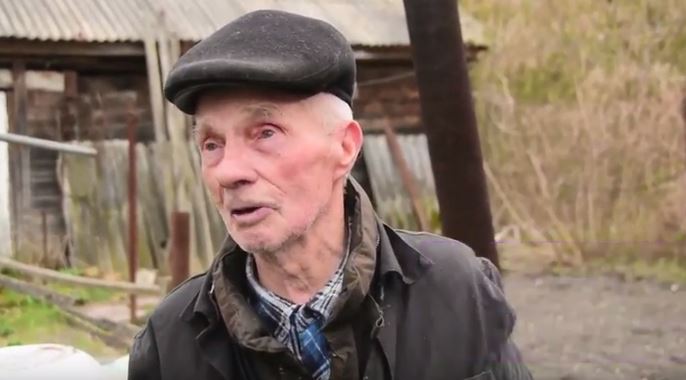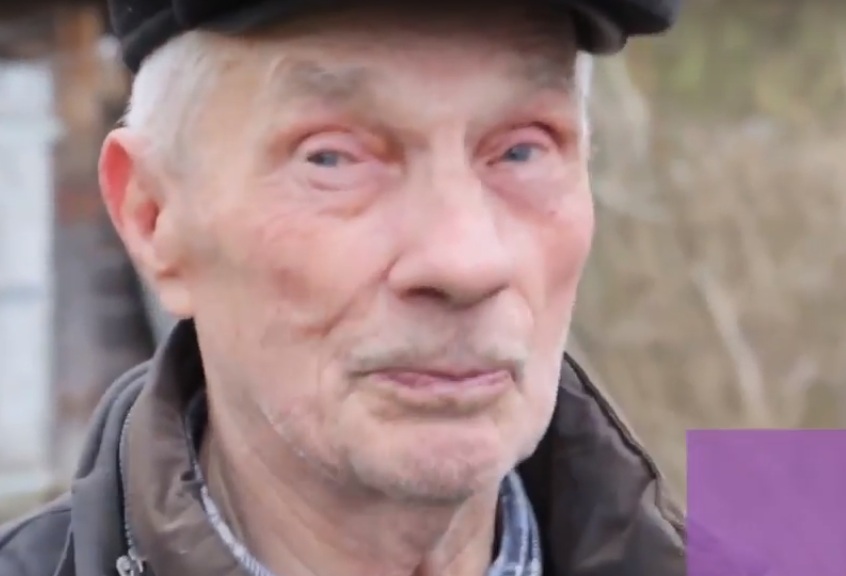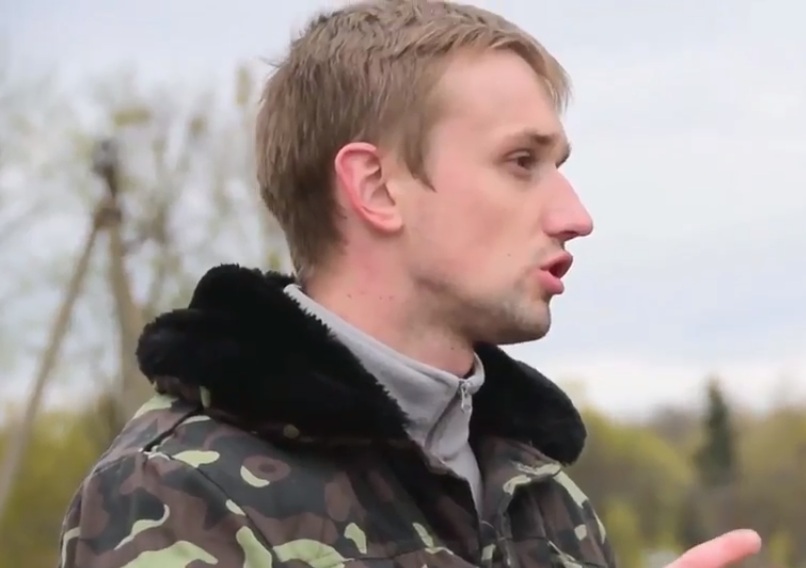24 hours after the blast, the authorities ordered residents to evacuate Prypiat and other settlements in the 10-kilometer zone. Residents were told to bring only what was necessary for approximately three days. Pets and most personal belongings were left behind. Ten days later, the evacuation area was expanded to 30 km. In total, about 200,000 people were evacuated from the 30 km zone. Among them, more than 50,000 residents of Prypiat and about 14,000 inhabitants of the city of Chornobyl located about 10 km from the NPP.
Later, some people returned to their homeland. They are now known as samosely or self-settlers. As of 2017, the city of Chornobyl has a population of 690.
On 26 April 1986, the Chornobyl Nuclear Power Plant's fourth reactor exploded. The radioactivity affected the population, plants, animals, and land. Many people received fatal radiation doses. All were evacuated, but some people decided to come back.
Leonid is 88, and he has been living most of his life in the Chornobyl Zone.
Leonid, a resident of Chornobyl:
"And it exploded just before Easter. I planned to visit the cemetery to tend to the grave. As I reached the cinema theater in the center, I wondered why there were so many people. Masked police and no further passage. And there is a bunch of overcrowded buses - it was already the evacuation. They shouted, “Put the respirator on!” Like somebody handed them out in the first place."
People like Leonid are called “samosely,” “self-settlers
.” Despite having lived their entire lives in Chornobyl, they are now considered illegal settlers. Apart from the samosely, the Zone houses workers and scientists employed at the nuclear power plant. Many tourists also visit the area.
Serhii Kupriianchuk is a safety expert and a guide to the Exclusion Zone. He guides tours to the Chornobyl 4th power unit, the sarcophagus, the Duga-1 over-the-horizon radar array and the ghost town of Prypyat.
Serhii Kupriianchuk, a guide to the Chornobyl NPP Zone of Alienation:
"The background radiation in Chornobyl is identical to Kyiv’s. Many people returned here after the disaster. Tourists ignore them. I think every part of the Exclusion Zone requires due attention and should be visited by tourists."
The samosely
live in private households. They cultivate vegetable and fruit gardens, fish on the Prypyat river, and gather mushrooms. They are mostly elderly. In 2007, the average age of the “samosely” reached 63.

Leonid doesn’t want to leave the Zone because the house he was born in is here.
Leonid, a resident of Chornobyl:
"We've been given an apartment in Kyiv. It’s quieter, calmer there. But here’s what I’ll tell you... I don’t need that apartment, I'll die here... if I live that long time."
Read more:
- Ukrainian banks, enterprises, media and energy companies under powerful cyber attack, including Chornobyl NPP – LiveUpdates
- Rare animal and bird species return to Chornobyl after 30 years of abandonment
- Chornobyl Exclusion Zone to be Home to Safe Solar Power
- Slavutych: the town born from the Chornobyl nuclear disaster
- Chornobyl destroyed the Soviet Union
- The Chornobyl Dictionary: Too Hot to Hide
- Ukraine now responsible for further plan on Chornobyl – EBRD chief
- Zone of alienation and betrayal








